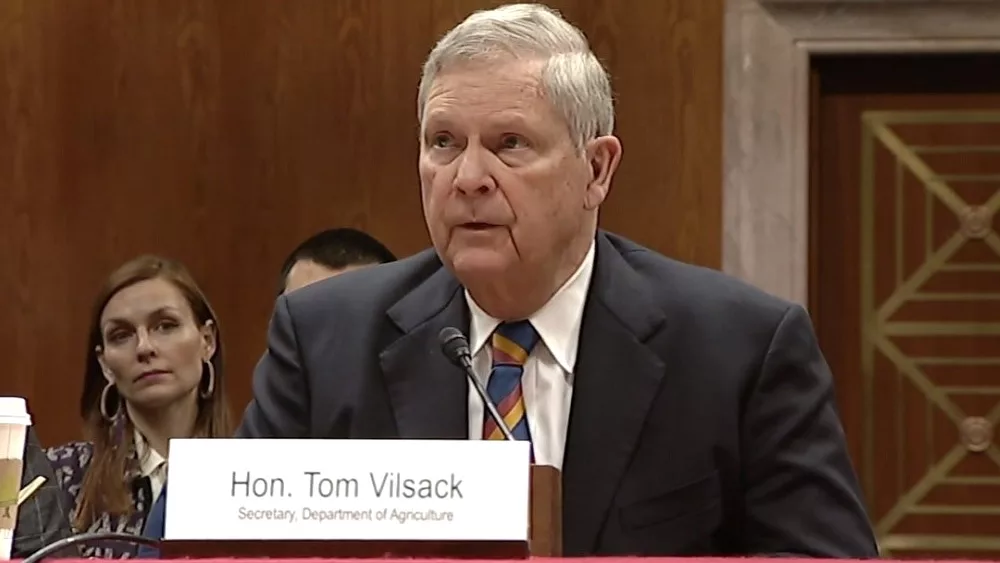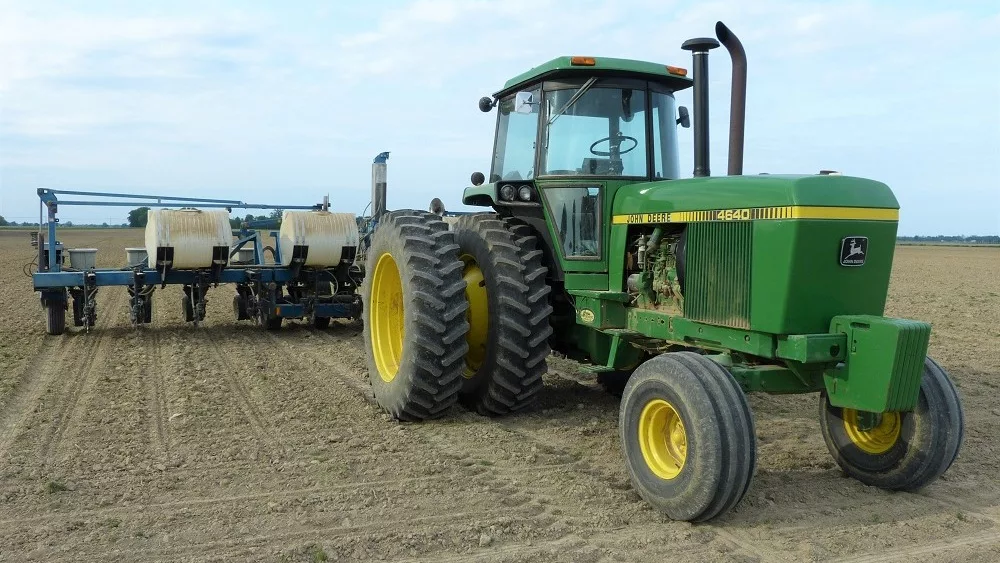USDA is offering grants and loan guarantees to help rural businesses and agricultural producers reduce their energy costs and consumption.
The funding is being provided through USDA Rural Development’s Rural Energy for America Program (REAP). Loans and grants are available to install renewable energy systems or make energy efficiency improvements.

Renewable energy systems include solar, wind, geothermal, anaerobic digesters, renewable biomass, hydrogen and hydropower. Energy efficiency improvements include lighting, refrigeration, facility improvements (such as adding insulation or replacing windows), heating and cooling upgrades, motor replacements and automated control upgrades.
According to Tess Van Gorder, Michigan Farm Bureau (MFB) associate policy and regulatory specialist in the organization’s Ag Ecology Department, MFB policy developed by members through the grassroots policy process supports incentives for renewable energy production for sale or use on farms and education and policy programs to promote sound energy conservation.
“Making energy efficiency upgrades on your farm can help increase your profitability by decreasing the amount of energy you use for day to day activities and therefore decreasing your energy costs,” Van Gorder said. “This could be anything from upgrading lighting to installing high efficiency heating systems. Renewable energy is another opportunity for farmers to show their dedication to being environmental stewards and to generate their own energy.”
American Farm Bureau Federation (AFBF) policy supports adequate funding for the REAP program using renewable sources of energy and incentivizing farmers to voluntarily improve on-farm energy efficiency.
In this announcement by USDA Rural Development’s REAP:
Grants of up to 25% of a project’s total costs are available.
- The maximum grants are $250,000 for energy efficiency improvements and $500,000 for renewable energy systems
Loans guarantees of up to 75% of a project’s total costs are available.
- The minimum loan is $5,000
- The maximum loan is $25 million
Application deadline: March 31, 2020 – unrestricted grant requests ($1,500 to $500,000)
Guaranteed Loans will be accepted on a continuing basis
Application templates are available at USDA Rural Development offices or on the national website.
For more information, contact USDA Rural Development Business Programs at (517) 324-5157.





